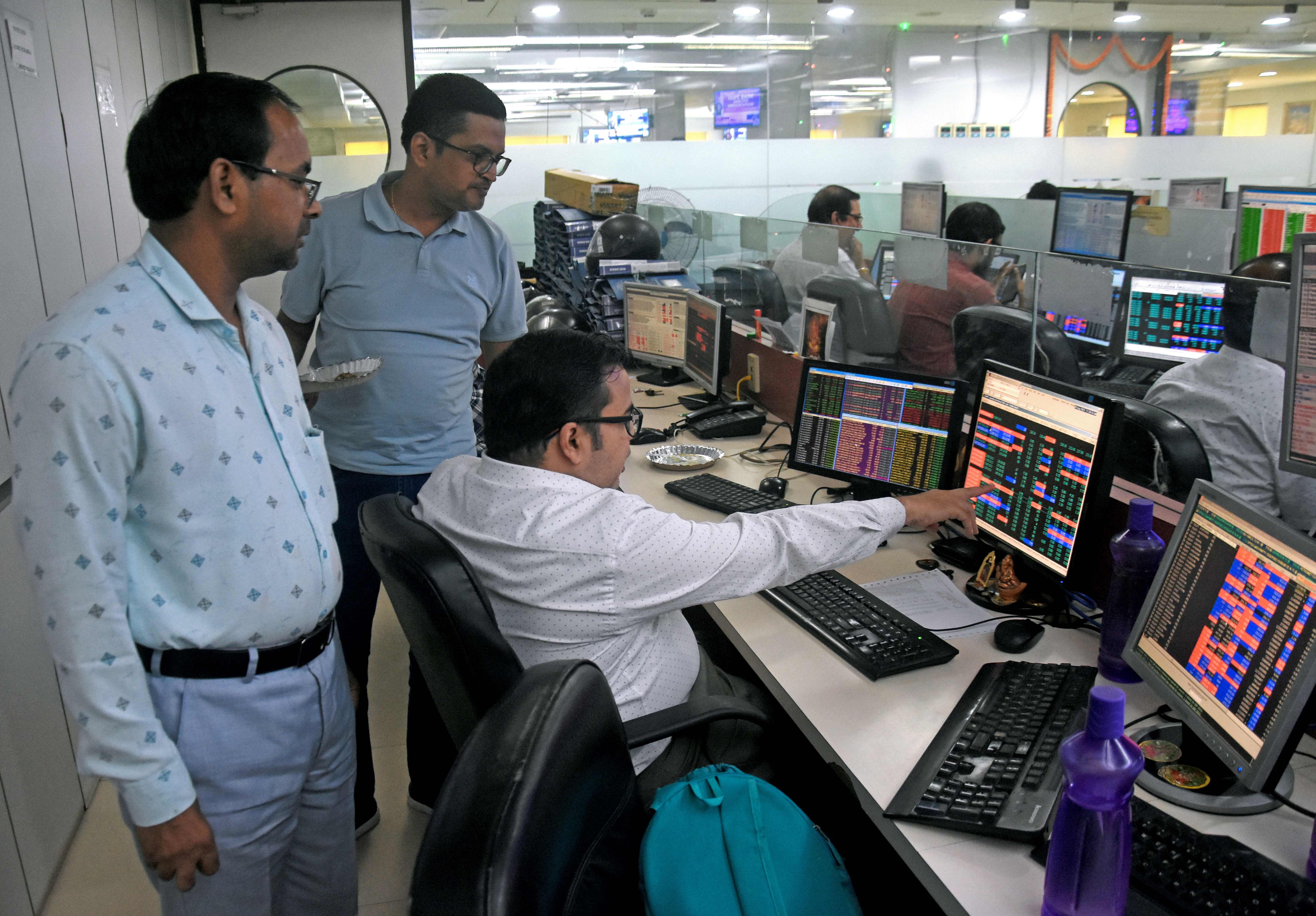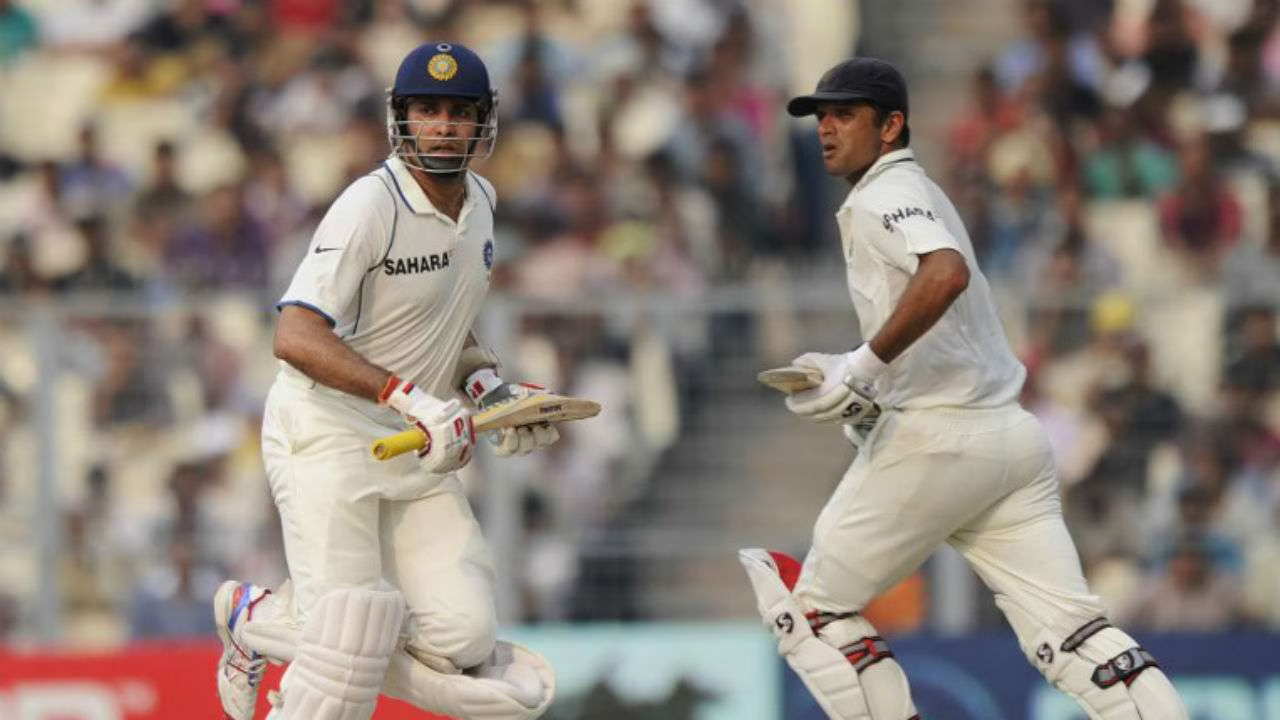Gold prices are expected to trade in a narrow range until some clarity arises in the key interest rates and other monetary policy measures in the US
Our Bureau
New Delhi/Mumbai
Indian currency rupee on Wednesday touched yet another fresh low of 78.29 per US dollar, primarily due to growing concerns about rising inflation. Inflationary concerns have led to aggressive monetary policy tightening by various central banks, bringing in the likelihood of a recession. On Tuesday, the rupee closed the trade at 78.14 against the US dollar, data showed.
Back home in India, foreign portfolio investors pulling out money from the country for past consecutive eighth-to-nine months are also likely to have put pressure on the domestic currency, said analysts.
So far in June, foreign investors have pulled out around Rs 38,500 crore.
“Rising crude oil prices, persistent high inflation, massive selling by FPI’s and a widening current account deficit pushed the rupee down to its lowest level in history. Despite having adequate forex reserves, we believe rupee will remain under pressure (against the dollar) in the near term,” said Piyush Chajed, Research Analyst at Choice Broking.
International crude oil prices have been above the psychologically crucial $100 per barrel mark, and inflation is at a multi-decadal high in advanced countries. Inflation in India, too, is above the permissible tolerance band at the moment.
Typically, the Reserve Bank of India intervenes in the market through liquidity management, including the selling of dollars from the foreign exchange reserves, with a view to preventing a steep depreciation in the value of the rupee.
There is a “distinct possibility” of widespread stagflation in the world, but in India, the risk of stagflation is low as the country has adopted prudent stabilization policies, said a report released by the Finance Ministry on Monday.
As forecasts of real GDP growth across economies drop at regular intervals, it will be the consequence of rising input costs, higher cost of living and tightening stabilization policies pursued by central banks the world over to rein in inflation, the Finance Ministry said in its Monthly Economic Review May 2022. The report noted that tightening fiscal and monetary policies can address inflation only from the demand side, insofar as they are able to smother pent up demand and roll-back stimuli announced as part of the COVID-19 relief package.
“Simultaneously, from the supply side, trade disruptions, export bans and the resulting surge in global commodity prices will continue to stoke inflation as long as the Russia-Ukraine conflict persists and global supply chains remain un-repaired,” it said.
“The World is looking at a distinct possibility of widespread stagflation. For now, the risk is lower for India than other countries,” the report added.
The report noted that the growth momentum of the fourth quarter of 2021-22 has carried into the first quarter of 2022-23 as reflected through several high-frequency economic indicators for India.
The composite PMI for India has risen to its highest level in the last 18 months. In contrast, the growth of world output appears to be stalling with the composite PMI of the US, the UK and the Eurozone declining appreciably from April to May.
This is consistent with agencies worldwide projecting a slowing of global economic growth from their earlier estimates. India’s growth forecast for 2022-23 has also been revised downwards although it continues to be the highest among major countries, the Finance Ministry said.
Referring to the recent hike in interest rates by the Reserve Bank of India (RBI), the Finance Ministry said, “RBI’s monetary policy is now fully dedicated to reining in inflation pressures in the economy.”
Meanwhile, gold prices are expected to trade in a narrow range until some clarity arises in the key interest rates and other monetary policy measures in the US, said financial services firm Emkay Wealth Management in a report.
The yellow metal gold has been trading in the range of $1,810-$1,875 per ounce for the past one month, primarily due to the persistent inflationary pressures and the rising policy rates. The stubborn and sticky inflation has forced central banks across the globe to hike rates aggressively and unwind the easy monetary policy to reverse the excess liquidity in the system.
Clearly, gold has outperformed the other asset classes due to the uncertainty created by the geopolitical tensions between Russia-Ukraine and a subsequent spike in international crude oil prices.
Gold is trading in a narrow range as the appreciation in the US dollar, in which the buyers and dealers deal, is pulling down the yellow metal.
























